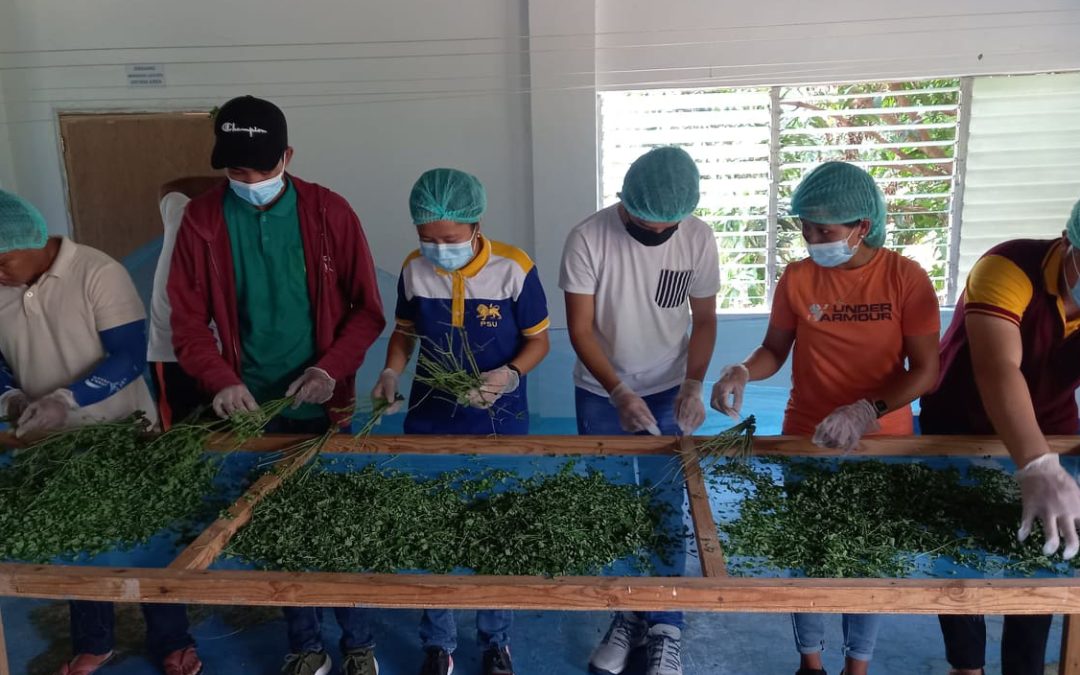
by stamariamis@psu.edu.ph | Jul 20, 2022 | PSU Sta. Maria Research
Sustaining crops during dry season: Solar-powered irrigation system Pangasinan State University- Sta. Maria Campus is the university’s bowl of income generating projects contributing to approximately 1.7 million a year. This revenue comes from agricultural facilities...

by stamariamis@psu.edu.ph | Jul 20, 2022 | PSU Sta. Maria Research
Nypa fruticans is naturally found in brackish areas or coastal lines in Pangasinan. Extracted or not, nipa plantation serves as natural barriers against soil erosion. Two dominant products were identified in the supply chain namely vinegar and nipa thatch. This study...

by stamariamis@psu.edu.ph | Jul 14, 2022 | PSU Sta. Maria Research
Turning Moringa into Green Gold This is how the journey of Pangasinan State University and the Moringaling Philippines Foundation Inc. started with a mission to turn idle lands in Pangasinan into plantations of Organic Moringa and help our government malnutrition and...

by stamariamis@psu.edu.ph | Mar 7, 2022 | PSU Sta. Maria Research
Mushroom Spawns Hope Ilocos is a potential mushroom growing region in the Philippines due to its favorable agro-climatic conditions and availability of agro-industrial wastes for growing tropical mushrooms like Volvariella volvacea, Pleurotus spp., Auricularia...

by stamariamis@psu.edu.ph | Mar 7, 2022 | PSU Sta. Maria Research
Cultivating Spawns of Success: The PSU Mushroom RD&E Journey Mushroom RD&E activities started its humble beginning in May 2000 and it was then called the Mushroom Research and Development Laboratory (MRDL). The project became fully operational with the...

by stamariamis@psu.edu.ph | Apr 27, 2021 | PSU Sta. Maria Research
A national average of 12% rejects and wastes of mango production is realized annually. This includes production of Pangasinan as it experiences typhoons, strong winds, pests and diseases. These are only few factors that affect the quality production of mangoes. Mango...







